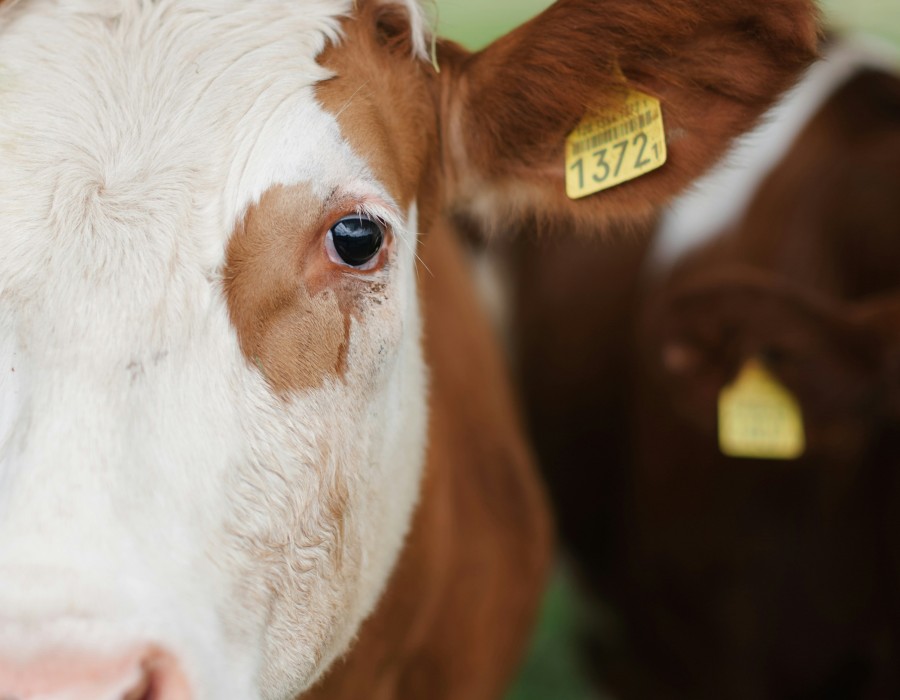Dairy farming is increasingly recognized as a strategic and resilient segment of Australia's agribusiness sector. With domestic demand being strong, export markets growing, and technologies advancing, it offers favorable dairy farm investment prospects for those seeking stable and long-term returns.
Economic Contribution and Industry Overview
Australia ranks among the top ten dairy exporters in the world, and the sector contributes more than $4.7 billion to the country's annual GDP. About 46,200 people who work in farming, processing, transportation, and retailing depend on it for their livelihood, according to Dairy Australia (2023).
Domestic Demand and Export Strength
Australians consume 105 litres of milk and eat 13 kilograms of cheese per individual annually, which reflects strong internal market demand. Export markets are also robust at $3.3 billion in dairy exports for 2022–23. Leading international purchasers are China, Japan, Southeast Asia, and the Middle East, each of which relies on Australia's reputation for clean, safe, high-quality dairy production.
Regional Success Stories
Several areas show the regional prosperity and viability of dairy farm investment:
- Gippsland, Victoria
Almost 25% of Australia's milk comes from Gippsland, a major dairy-producing region. It benefits from consistent rainfall, rich soil, and advanced infrastructure.
- North-West Tasmania
Tasmania has favourable dairy farm conditions due to a cool climate and plenty of water. The area has some of the country's highest yields of milk per cow, which makes it a preferable area for high-performance farming.
- South-West Western Australia
The access that the Perth freight corridor provides to Asian markets for exports has facilitated this region to keep growing in size and productivity.
Sustainable Development and Innovation
Dairy farms are embracing new age technologies like data-based herd management, automatic milking technology, and grazing monitoring systems. Productivity is increasing with such technologies without increasing labour costs. Sustainability is becoming more important as a result of the Australian Dairy Sustainability Framework's explicit definition of environmental objectives, such as reaching net-zero emissions by 2050. Such measures align with institutional investors' ESG priorities.
Government Support and Market Confidence
The dairy industry and Australian livestock exports receives strong support through plans such as the Australian Dairy Plan and regional development grants. These assist market development, training, and farm innovation. Consolidation and foreign dairy farm investment are also ongoing, which suggests long-term viability of the sector.
Investing in the Future of Dairy Industry in Australia
This presents an attractive dairy farm investment prospect with economic strength, stable demand, export value, and environmental sustainability. For investors in agribusiness who want long-term value in an increasingly competitive world, the Dairy industry in Australia is an excellent option.





Comments